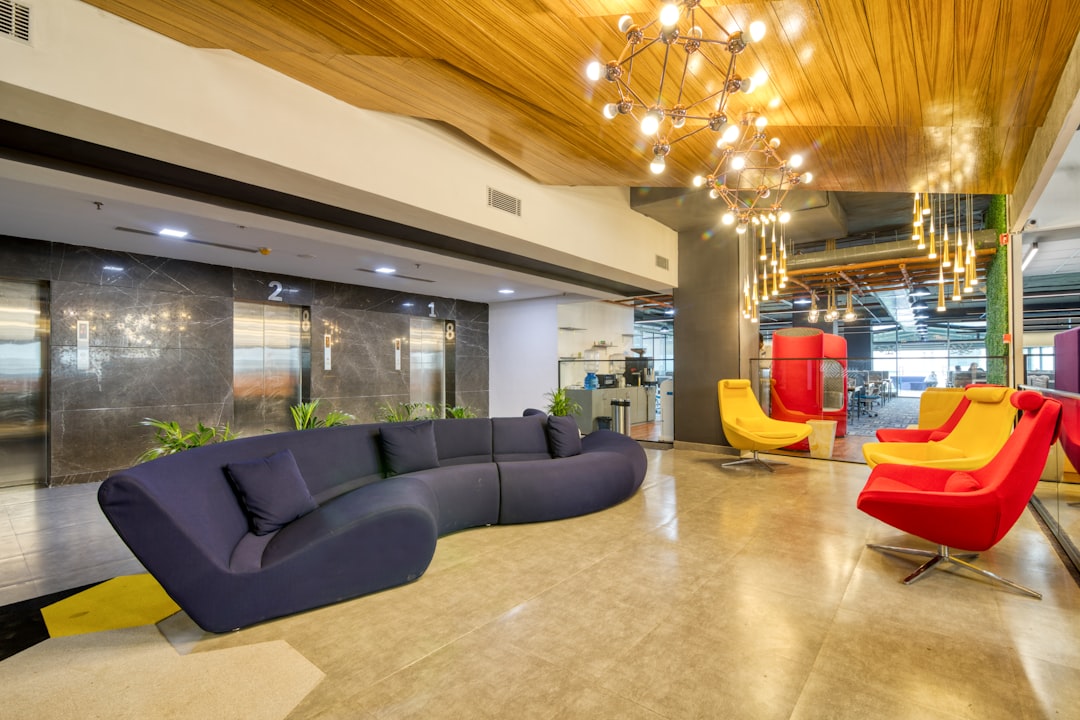
What are some key elements to consider when designing a commercial space?
Posted by on 2024-12-13
When designing a commercial space, there are several key elements that need to be considered in order to create a successful and functional environment. The layout of the space is perhaps one of the most important factors to consider. It is essential to create a floor plan that maximizes the use of space and allows for efficient movement throughout the area. This includes considering factors such as traffic flow, accessibility, and the placement of furniture and fixtures.
Another important consideration when designing a commercial space is the overall aesthetic appeal. The design of the space should reflect the brand or image of the business and create a welcoming atmosphere for customers or clients. This can include elements such as color scheme, lighting, signage, and branding materials.
In addition to layout and aesthetics, it is also crucial to consider practical elements such as functionality and comfort. The space should be designed in a way that supports the activities that will take place within it, whether that be retail sales, office work, or client meetings. Comfortable seating, adequate lighting, and proper ventilation are all important aspects to consider in creating a productive work environment.
Finally, sustainability is an increasingly important factor in commercial design. Choosing eco-friendly materials, energy-efficient lighting systems, and implementing recycling programs can not only reduce environmental impact but also attract environmentally conscious customers.
In conclusion, when designing a commercial space it is essential to consider factors such as layout, aesthetics, functionality, comfort, and sustainability in order to create a successful and appealing environment for both employees and customers. By carefully planning each aspect of the design process, businesses can create spaces that support their operations while also enhancing their brand image and customer experience.